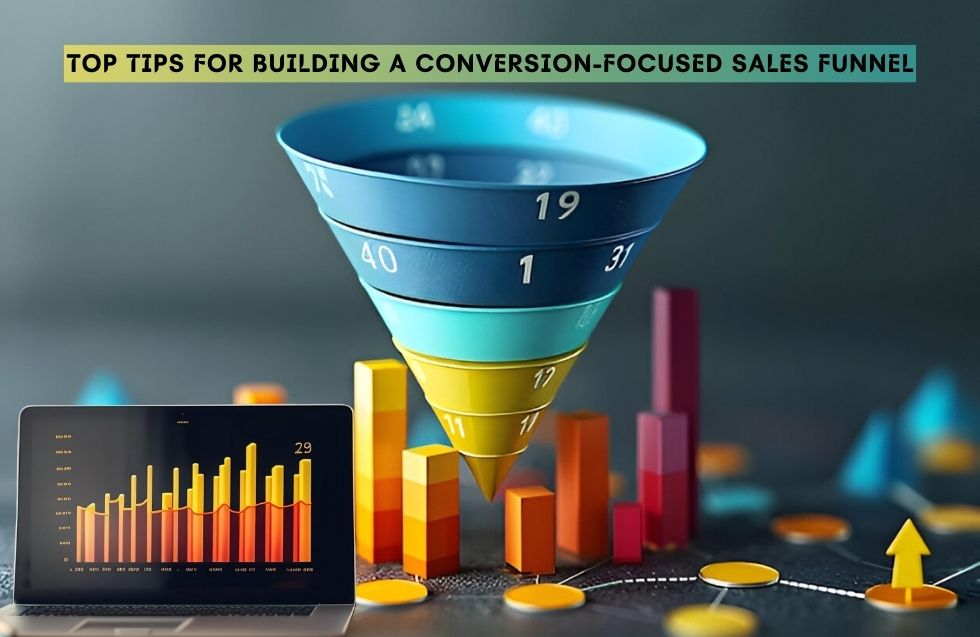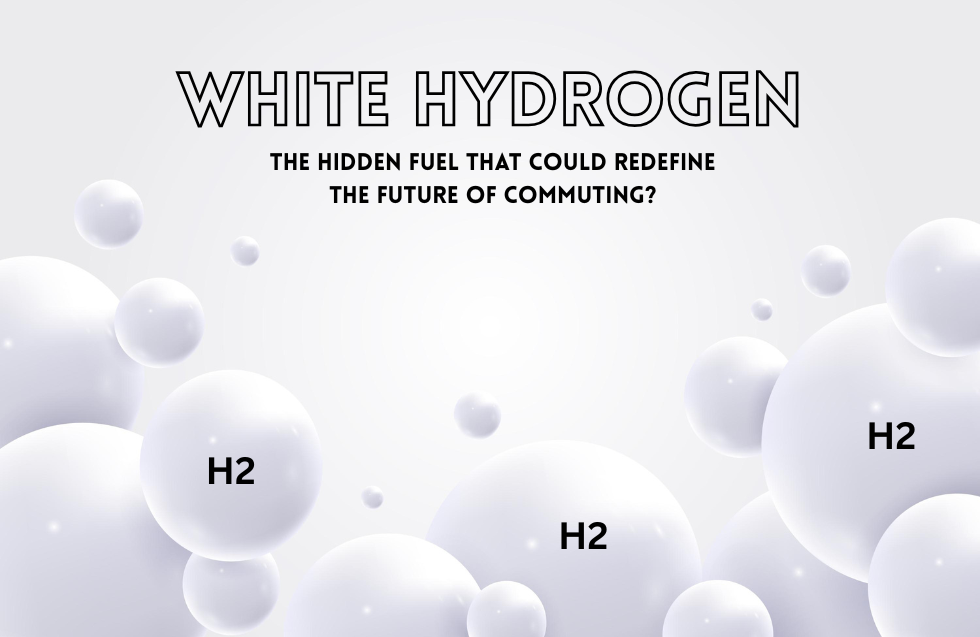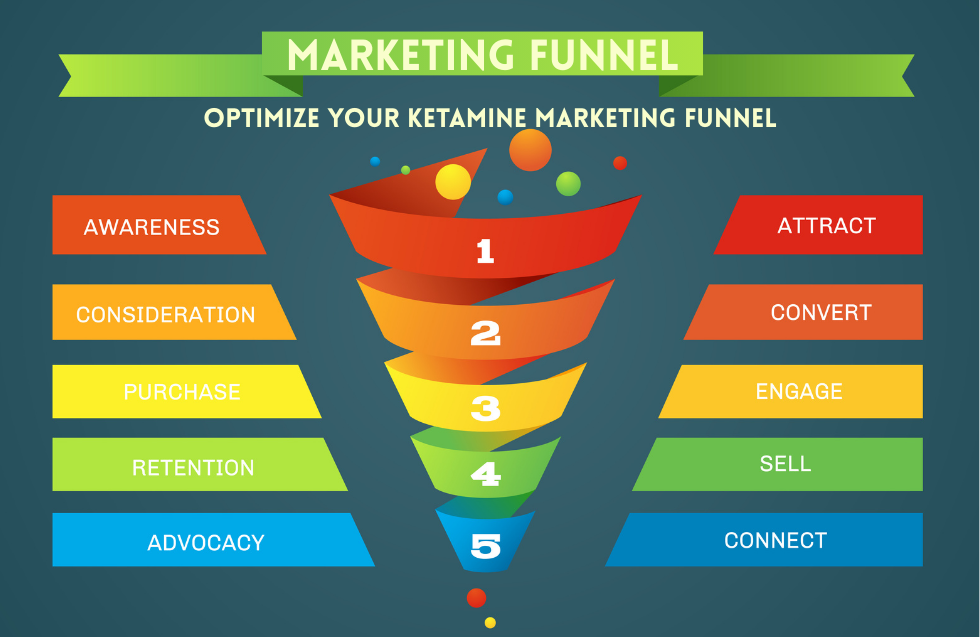A well-crafted sales funnel can make all the difference between a visitor leaving your site and a lead converting into a loyal customer. When each step in the sales funnel is optimized, businesses can nurture leads more effectively, guiding them from initial awareness to purchase. Here’s a comprehensive guide with top tips for creating a conversion-focused sales funnel to drive results.
1. Define Your Target Audience and Buyer Personas
Building an effective sales funnel starts with a clear understanding of your target audience. Buyer personas are fictional representations of your ideal customers, built using demographic data, buying behaviors, preferences, pain points, and goals. These personas provide valuable insights into the specific needs and motivations of your audience, allowing you to tailor content and messaging to each stage of the funnel.
- Steps to Define Your Target Audience: Conduct surveys, analyze customer feedback, use analytics data, and segment your market based on age, location, interests, and purchasing behavior.
- The benefit of Buyer Personas: Personalized messaging increases engagement, making it easier to attract and convert the right audience.
Tools:
- HubSpot: Offers tools for customer data collection and analysis, allowing you to create detailed buyer personas.
- MakeMyPersona: A free tool from HubSpot that helps you build and document detailed buyer personas.
- Google Analytics: For in-depth insights into visitor demographics, interests, and behaviors, making it easier to define your audience.
2. Attract with Engaging Content
In the awareness stage, your goal is to attract potential customers by providing high-quality, engaging content that solves a problem or provides value. This content positions your brand as a trustworthy source and establishes a relationship with potential customers.
- Types of Content: Blog posts, social media updates, infographics, videos, and landing pages optimized for SEO are ideal for attracting new visitors.
- Content Tips: Create content that addresses your audience’s pain points, entertains, or educates them on topics related to your products or services. Visual content like videos and images often garners more engagement, improving reach and brand recall.
Tools:
- BuzzSumo: Helps discover trending content topics and identify high-performing content within your industry.
- Canva: For creating visually appealing graphics and images to support your content.
- SEMrush: Ideal for keyword research and competitor analysis to help with SEO-optimized content creation.
3. Capture Leads Effectively
Capturing leads involves turning visitors into prospects by obtaining their contact information. To do this, offer a value proposition that makes visitors willing to share their details.
- Lead Magnets: Use lead magnets like eBooks, webinars, free trials, or templates that offer real value to your audience in exchange for their email address or other contact information.
- Optimizing Forms: Keep forms simple with only essential fields, place them prominently on landing pages, and use strong calls-to-action (CTAs) like “Get My Free Guide” to increase conversions.
Tools:
- OptinMonster: A powerful tool for creating lead capture forms, popups, and exit-intent popups.
- Mailchimp: Offers customizable forms and integration with many platforms, making it easy to collect leads and send automated emails.
- Typeform: An interactive and user-friendly tool for creating lead-generation forms that engage users.
4. Nurture Leads with Automated Emails
Email nurturing is essential to keep leads engaged as they progress through the funnel. By creating a targeted email sequence, you can deliver valuable content and product insights that guide them toward making a purchase.
- Creating a Drip Campaign: Develop a series of emails that educate leads, answer common questions, and introduce your products or services. Personalize emails based on behavior, interests, and prior interactions with your brand.
- Segmenting Leads: Use email segmentation to tailor messages for specific groups. For example, leads who downloaded a particular guide may be interested in related products or a webinar.
Tools:
- ActiveCampaign: A robust email marketing and automation tool with CRM functionality, ideal for setting up complex drip campaigns.
- ConvertKit: Known for its simple and effective email automation tools, especially popular with content creators and small businesses.
- Drip: E-commerce-focused email marketing with automation tools that help segment audiences and personalize communications.
5. Leverage Retargeting Ads for Re-engagement
Not all visitors will convert right away, which is where retargeting ads come in. Retargeting helps you stay top of mind by showing ads to users who have previously visited your website or engaged with your brand.
- Ad Strategies: Use ads on platforms like Google Ads, Facebook, or Instagram to reach people who interacted with your site but didn’t convert. Use eye-catching visuals, time-sensitive offers, or customer testimonials to encourage them to return.
- Types of Retargeting: Create dynamic ads for specific products they viewed or a more general ad that offers a discount or trial.
Tools:
- Facebook Ads Manager: For creating and managing retargeting ads on Facebook and Instagram.
- Google Ads: Allows you to create retargeting ads that follow users across Google’s Display Network.
- AdRoll: A dedicated retargeting tool that integrates with major ad platforms to reach visitors across multiple channels.
6. Optimize Your Sales Pages for Conversions
The sales page is often where prospects make the final decision to buy, making it critical to optimize for conversion-focused. A clear, persuasive sales page should address potential questions, showcase the product’s benefits, and make the CTA prominent and compelling.
- Clear CTAs: Use action-oriented CTAs like “Get Started Now” or “Start Your Free Trial” instead of vague terms.
- Compelling Copy: Use headlines that grab attention quickly, emphasize the product’s unique value, and explain how it addresses the prospect’s pain points.
- Building Trust: Include customer reviews, testimonials, and certifications to reassure visitors that your product is reliable and worth the investment.
Tools:
- Unbounce: A landing page builder with features focused on conversion-focused optimization, like A/B testing and dynamic text replacement.
- ClickFunnels: A complete funnel-building tool that offers templates and page builders optimized for conversions.
- Leadpages: Provides high-converting landing page templates and tools to simplify the process of creating optimized pages.
7. Include Exit-Intent Popups
Exit-intent popups are displayed when a visitor is about to leave your website, giving you a last chance to capture their attention. Done well, they can convert visitors who may not otherwise return.
- Offer Incentives: Provide a limited-time discount, a free trial, or a piece of valuable content as an incentive to stay.
- Best Practices: Keep popups short and focused, with one clear message and CTA, such as “Stay and Save 10%” or “Get a Free Guide Before You Go.”
Tools:
- OptinMonster: Known for its exit-intent technology that helps recover abandoning visitors with customized popups.
- Sleeknote: A user-friendly popup builder that offers exit-intent triggers for targeting users who are about to leave your website.
- Hello Bar: For creating popups, slide-ins, and banners with exit-intent options, allowing you to retain visitors.
8. A/B Test Your Funnel Elements
A/B testing allows you to experiment with different versions of your funnel’s components, such as headlines, CTAs, and images, to find out what works best. By identifying high-performing elements, you can increase conversions significantly.
- What to Test: Test elements like landing page headlines, CTA colors and text, email subject lines, and ad visuals.
- Analyzing Results: Use data from tools like Google Analytics or Heatmaps to determine which versions are driving the most engagement and conversions.
Tools:
- Google Optimize: A free A/B testing tool integrated with Google Analytics, ideal for testing various funnel components.
- VWO (Visual Website Optimizer): A comprehensive tool for A/B, split, and multivariate testing with visual editing capabilities.
- Crazy Egg: Offers heatmaps and A/B testing to help you understand where visitors are engaging or dropping off on your pages.
9. Use Social Proof and Testimonials
Social proof, such as customer testimonials, product reviews, or case studies, builds trust with potential customers. When leads see others vouching for your product, it reduces uncertainty and increases confidence in your brand.
- Types of Social Proof: Use real customer testimonials, influencer endorsements, star ratings, or user-generated content (like photos or videos of real customers using your product).
- Placement: Place testimonials on landing pages, near CTAs, and within email content to remind prospects of positive customer experiences.
Tools:
- Trustpilot: Collects and displays customer reviews, which can be integrated into your funnel for credibility.
- Yotpo: An e-commerce tool that helps you collect customer reviews and visual content, useful for social proof.
- Fomo: Shows live notifications of customer activity on your website, creating a sense of urgency and trust through social proof.
10. Analyze Funnel Performance and Refine Regularly
An effective funnel is one that adapts over time based on performance data. Regular analysis helps you pinpoint bottlenecks or stages where leads drop off, enabling you to make necessary adjustments.
- Analytics Tools: Tools like Google Analytics, HubSpot, or CRM platforms provide data on user behavior, conversion rates, and drop-off points.
- Adjusting Strategies: If you see high drop-off rates at a specific stage, consider adjusting your messaging, enhancing your offers, or improving usability. Continuous refinement based on data ensures that your funnel is as effective as possible.
Tools:
- Google Analytics: Tracks user behavior, conversion-focused rates, and drop-off points throughout your funnel.
- HubSpot: For a full view of your funnel, from lead acquisition to conversion-focused, with advanced reporting and analytics.
- Hotjar: Provides heatmaps, session recordings, and user feedback to identify areas where users might be dropping off or getting confused.
Additional All-in-One Funnel Tools
- ClickFunnels: An end-to-end funnel builder with templates for every funnel stage, designed to move leads smoothly from one step to the next.
- Kartra: Combines lead capture, email automation, and sales page creation with analytics, making it a popular choice for comprehensive funnel building.
- Kajabi: Focused on conversion-focused creators, Kajabi integrates marketing, landing pages, email automation, and analytics for building and managing funnels.
Each tool has its strengths, and the right choice depends on your specific business needs, budget, and level of technical expertise. Combining a few of these tools can give you a robust, conversion-focused funnel that maximizes customer acquisition and retention.
Final Thoughts
Building a conversion-focused sales funnel involves carefully crafting each stage to guide leads from initial interest to a completed purchase and beyond. By understanding your audience, creating engaging content, nurturing leads, and conversion-focused testing and refining, you can create a powerful sales funnel that maximizes conversions and helps your business thrive.













